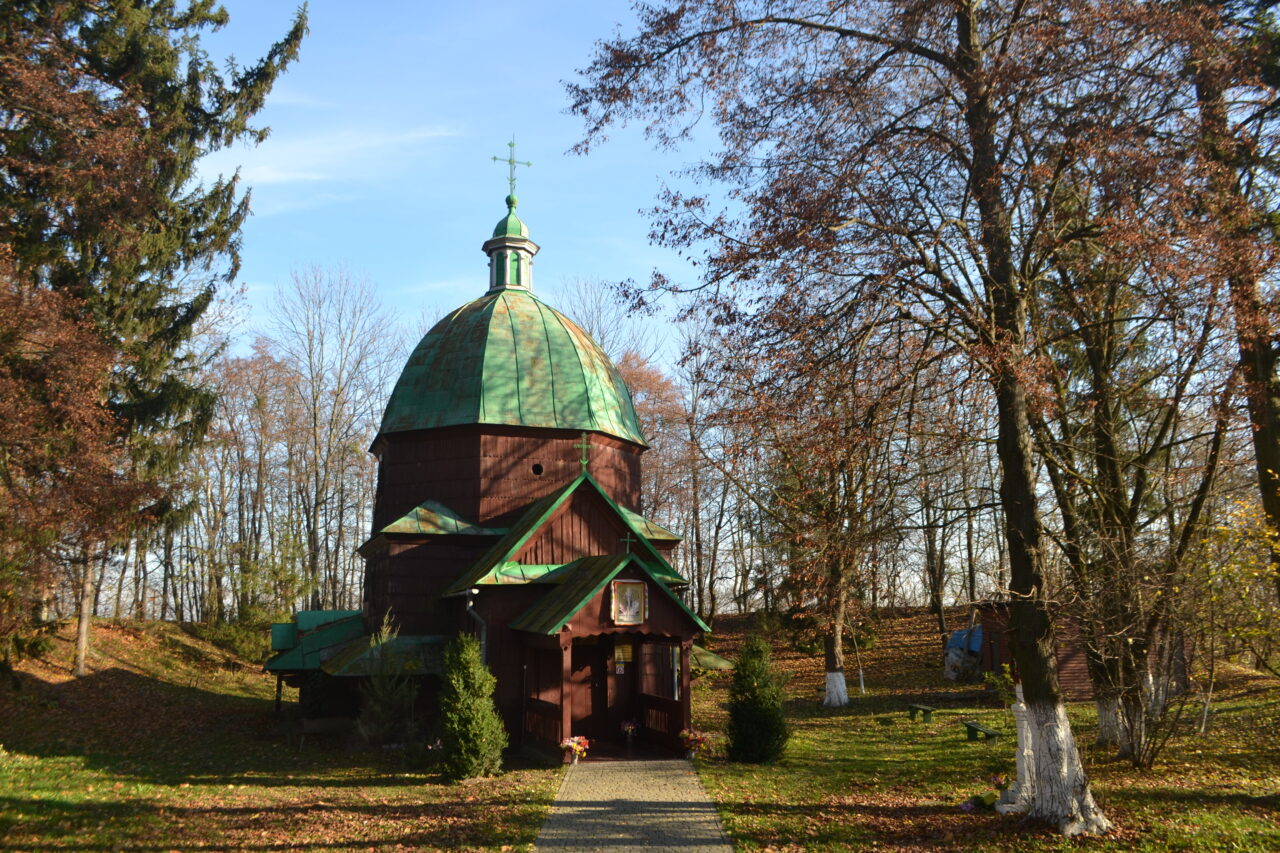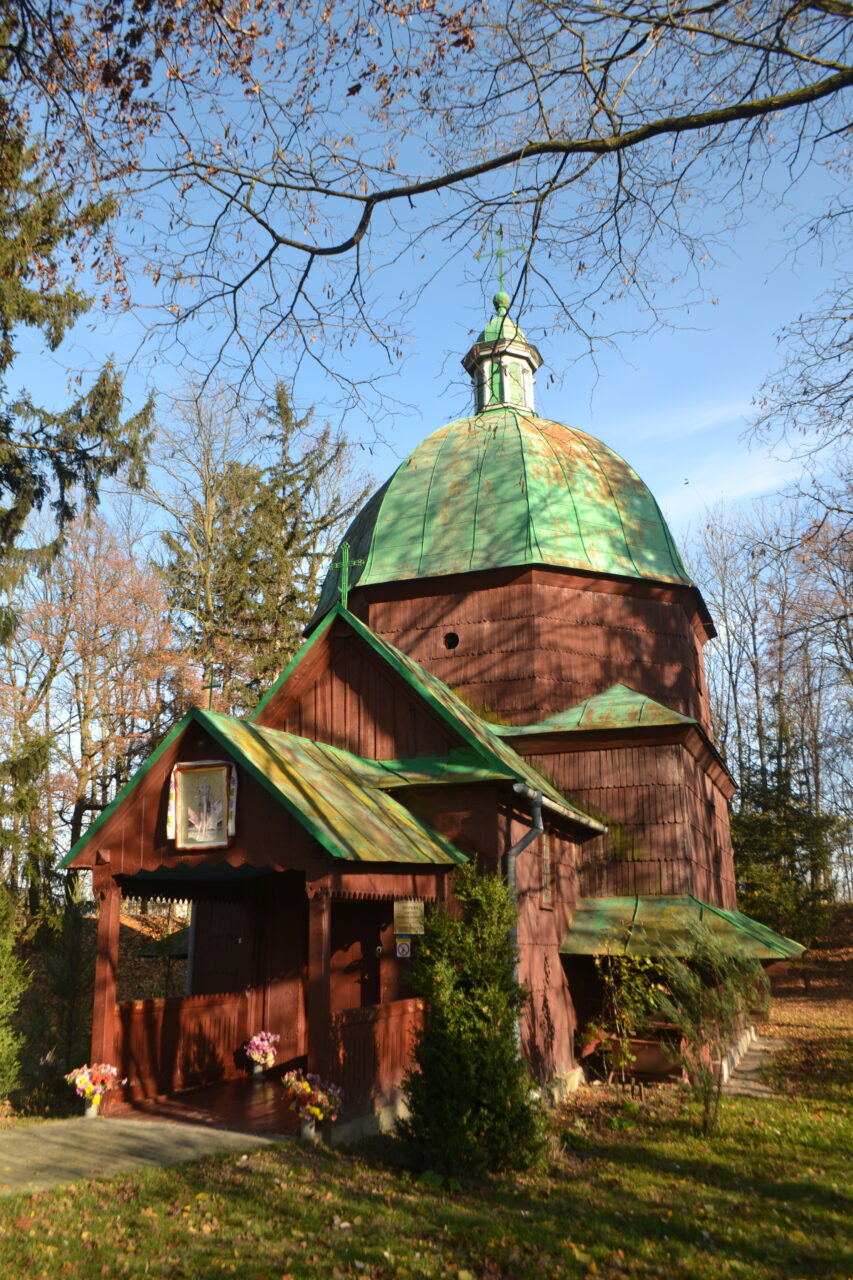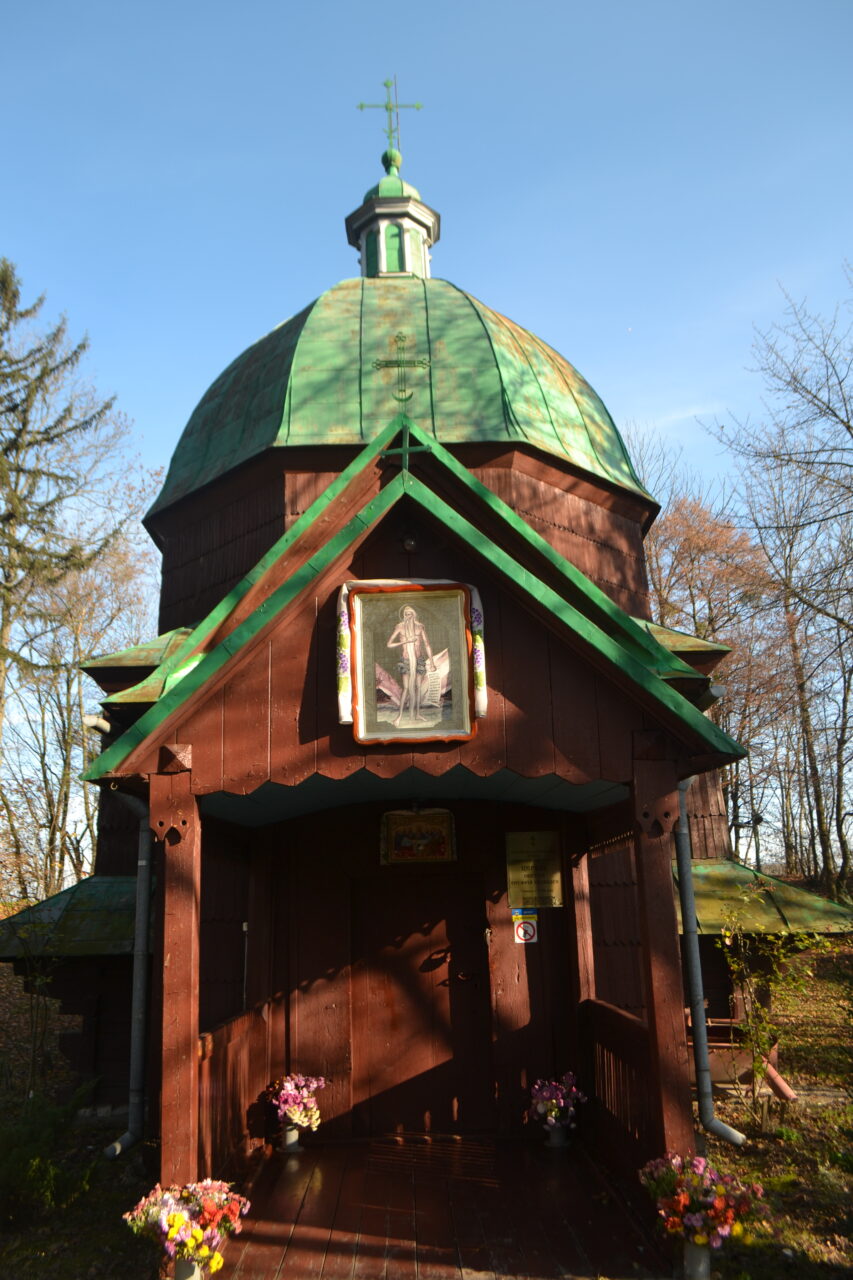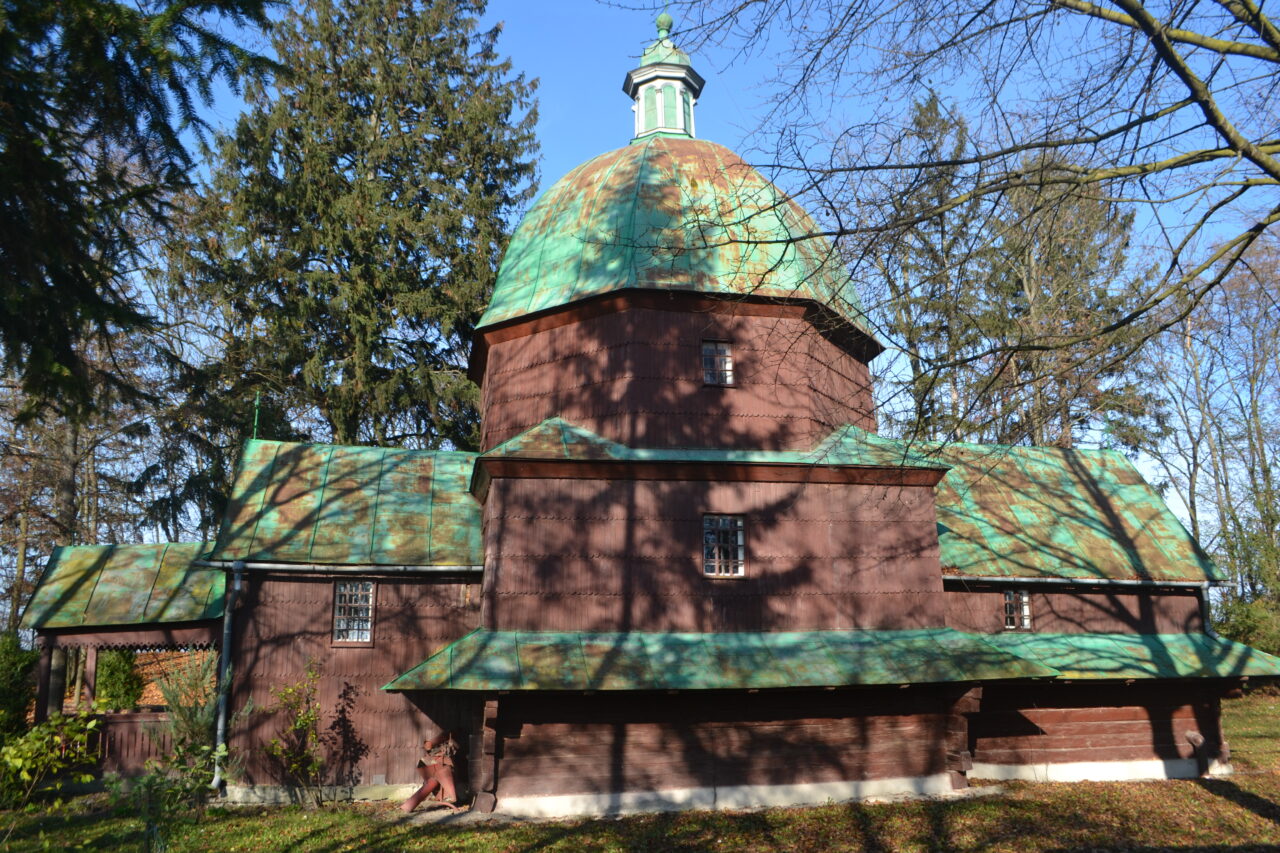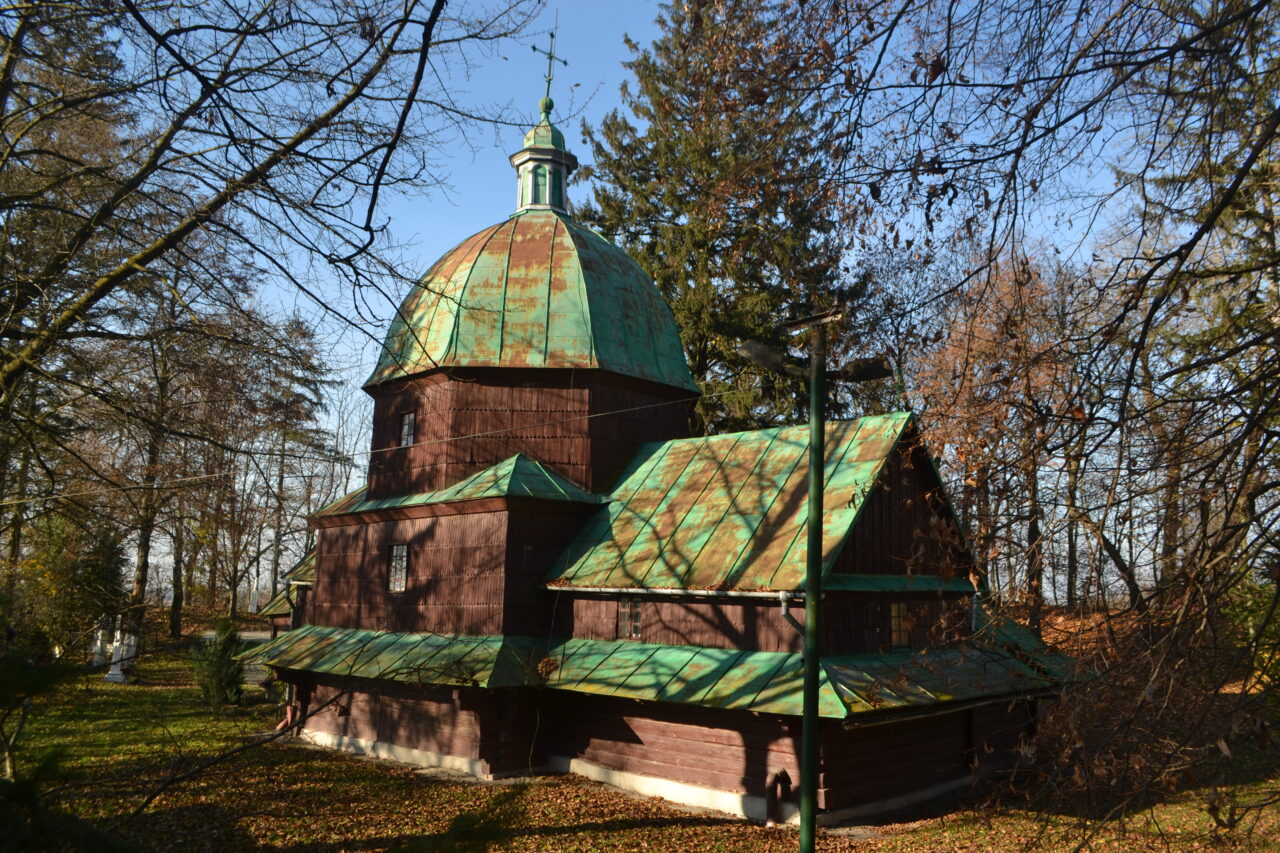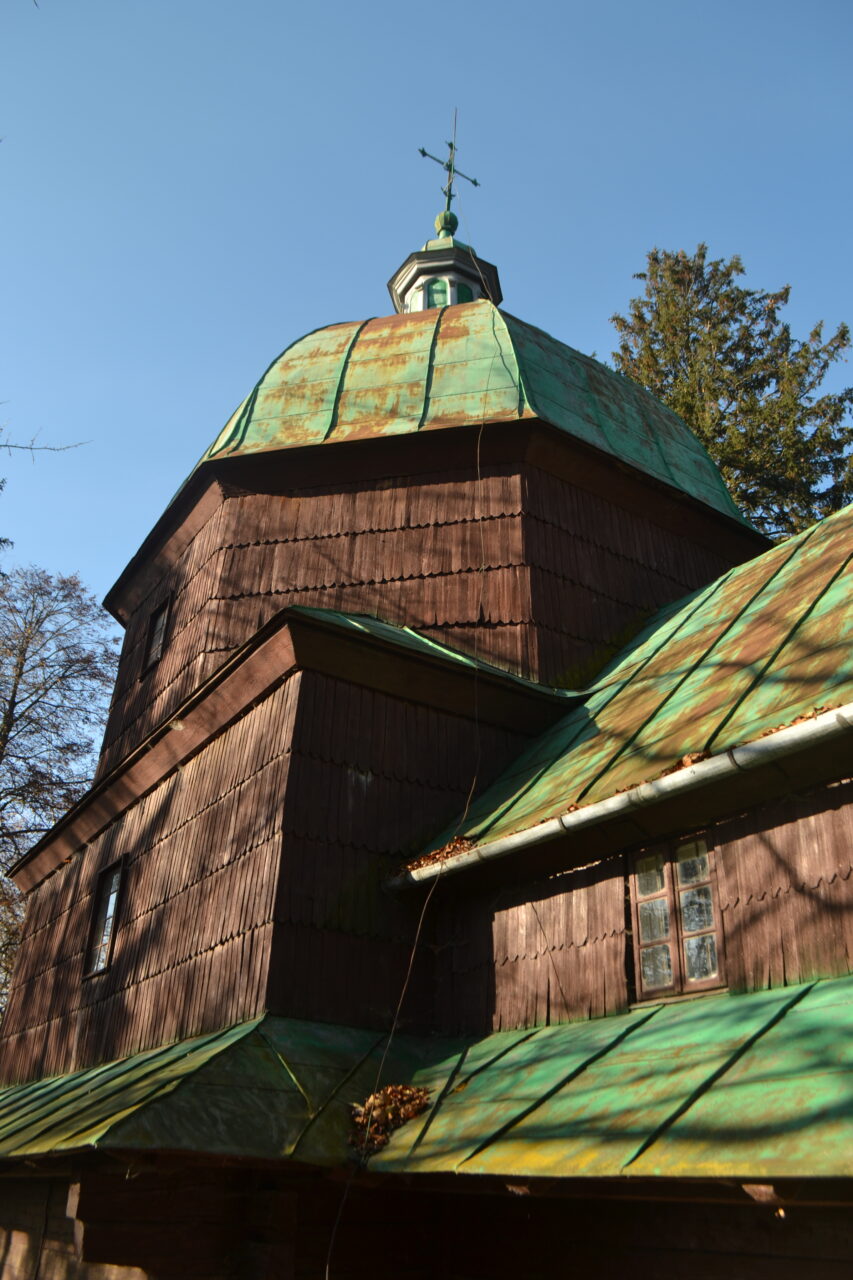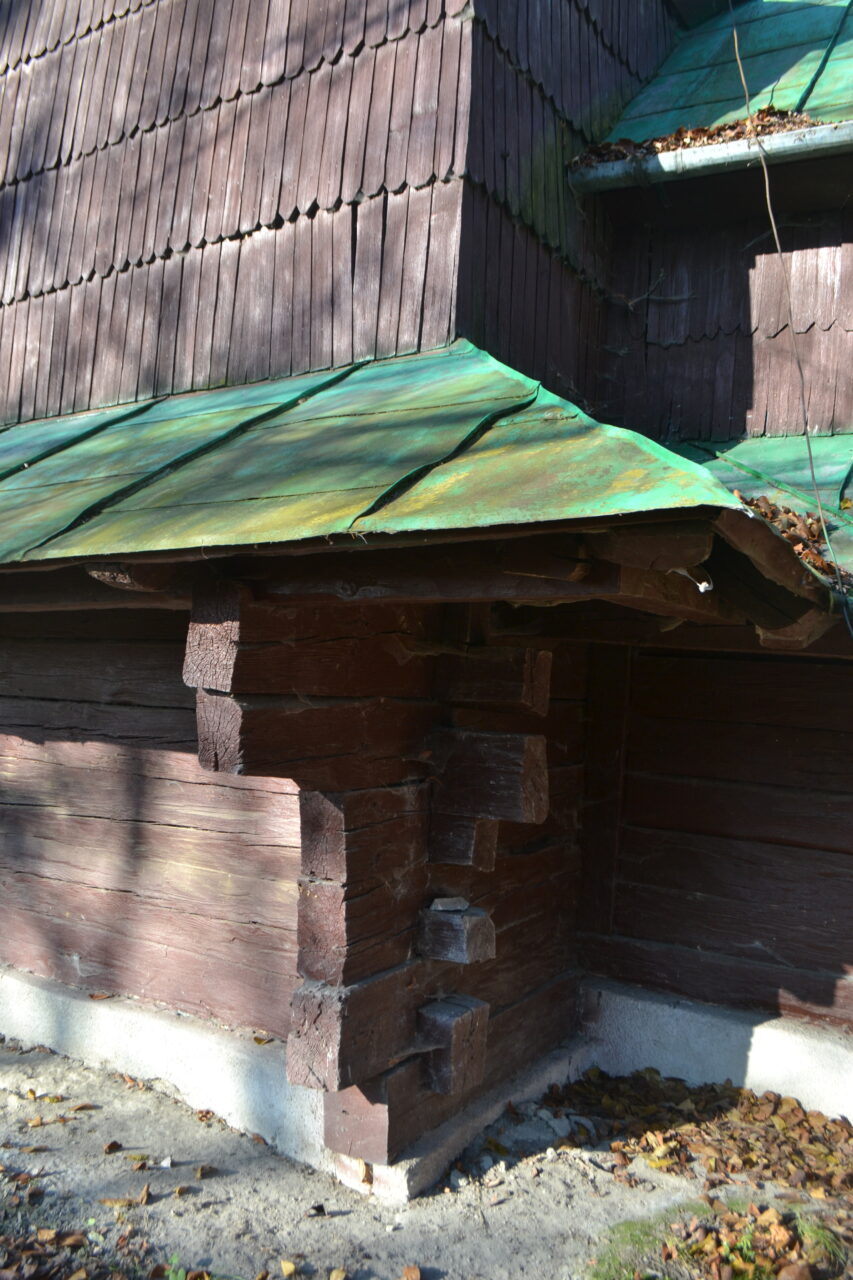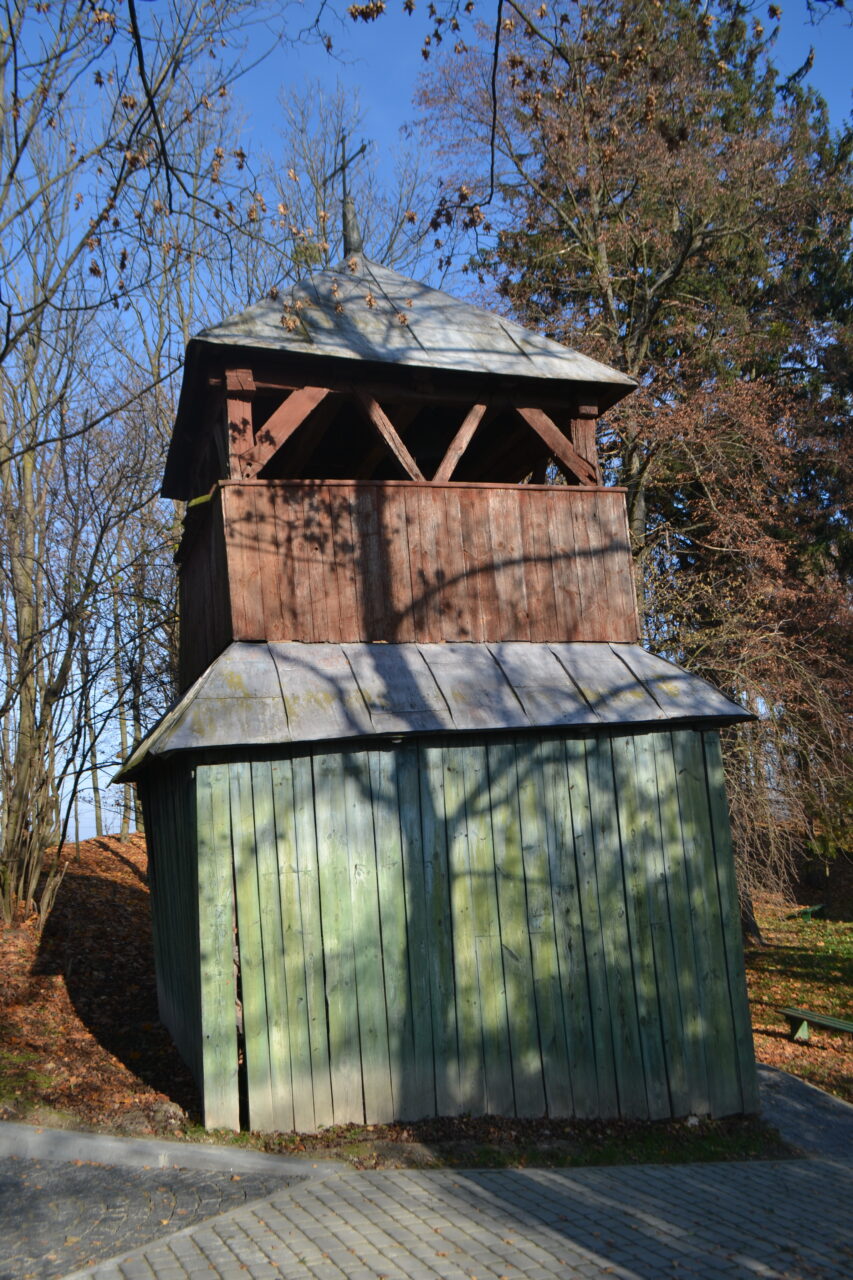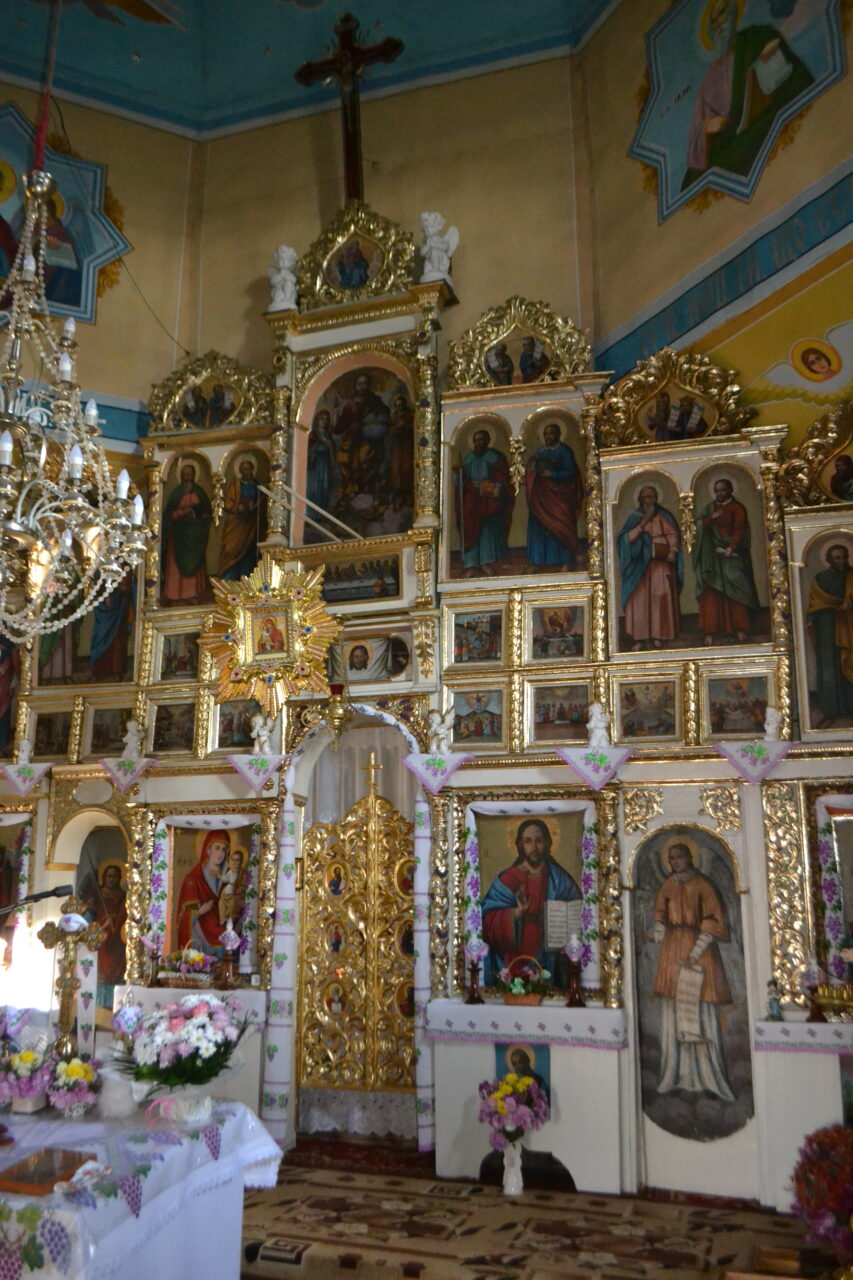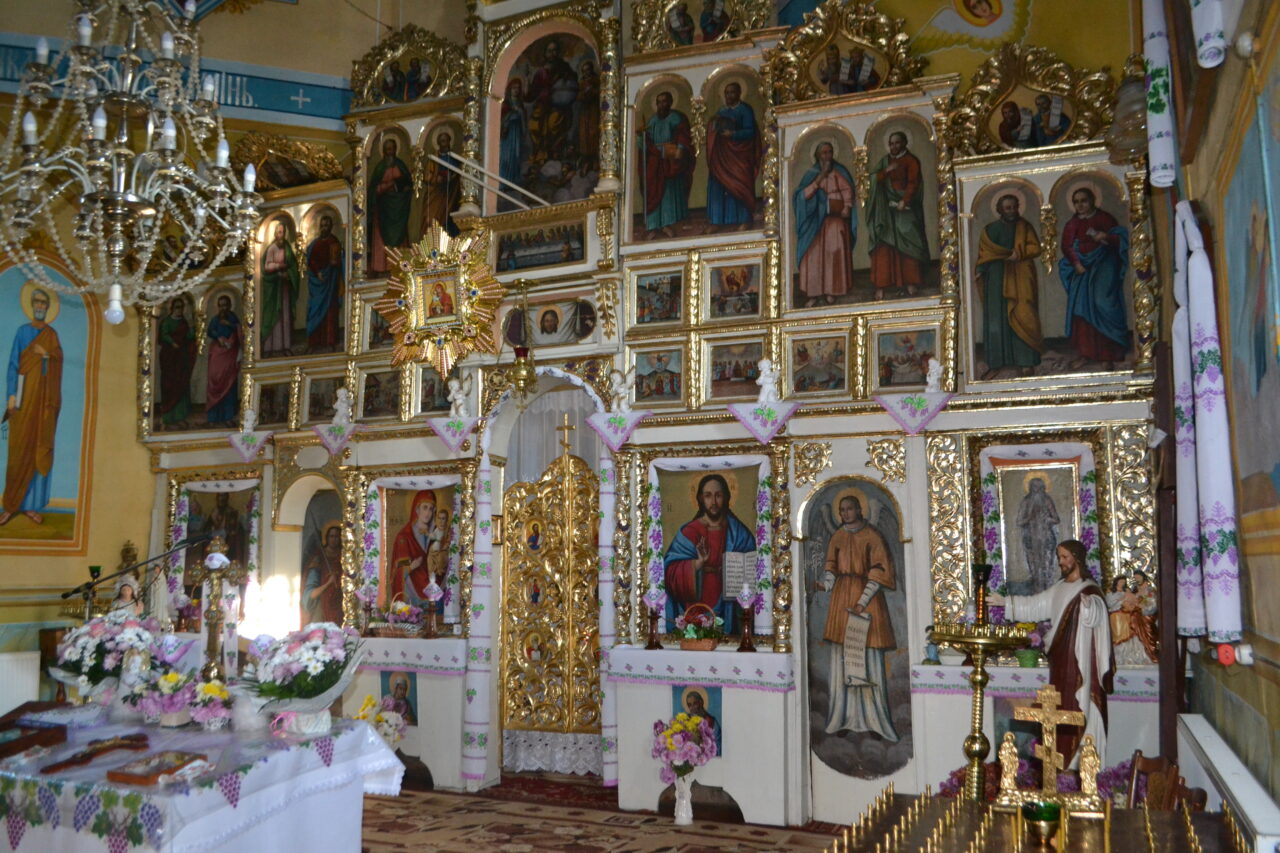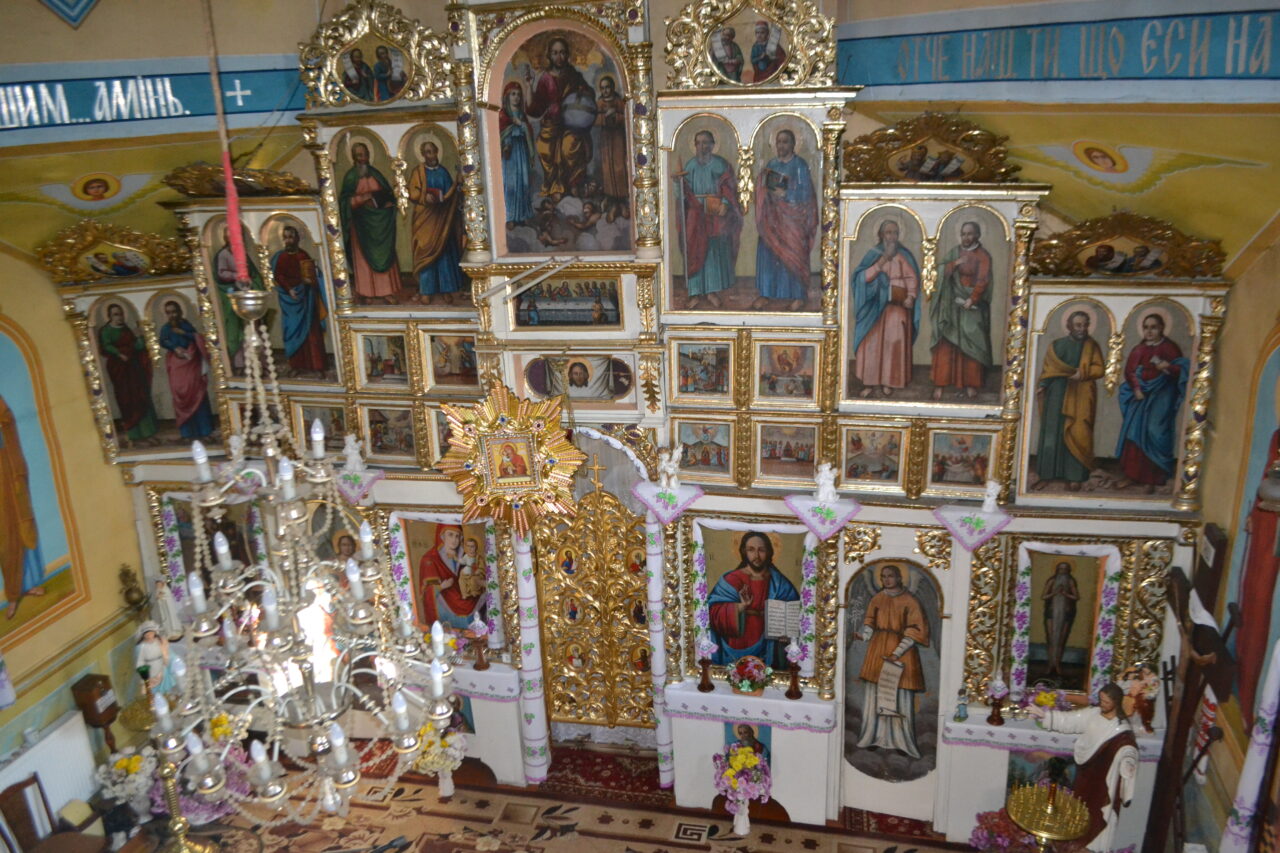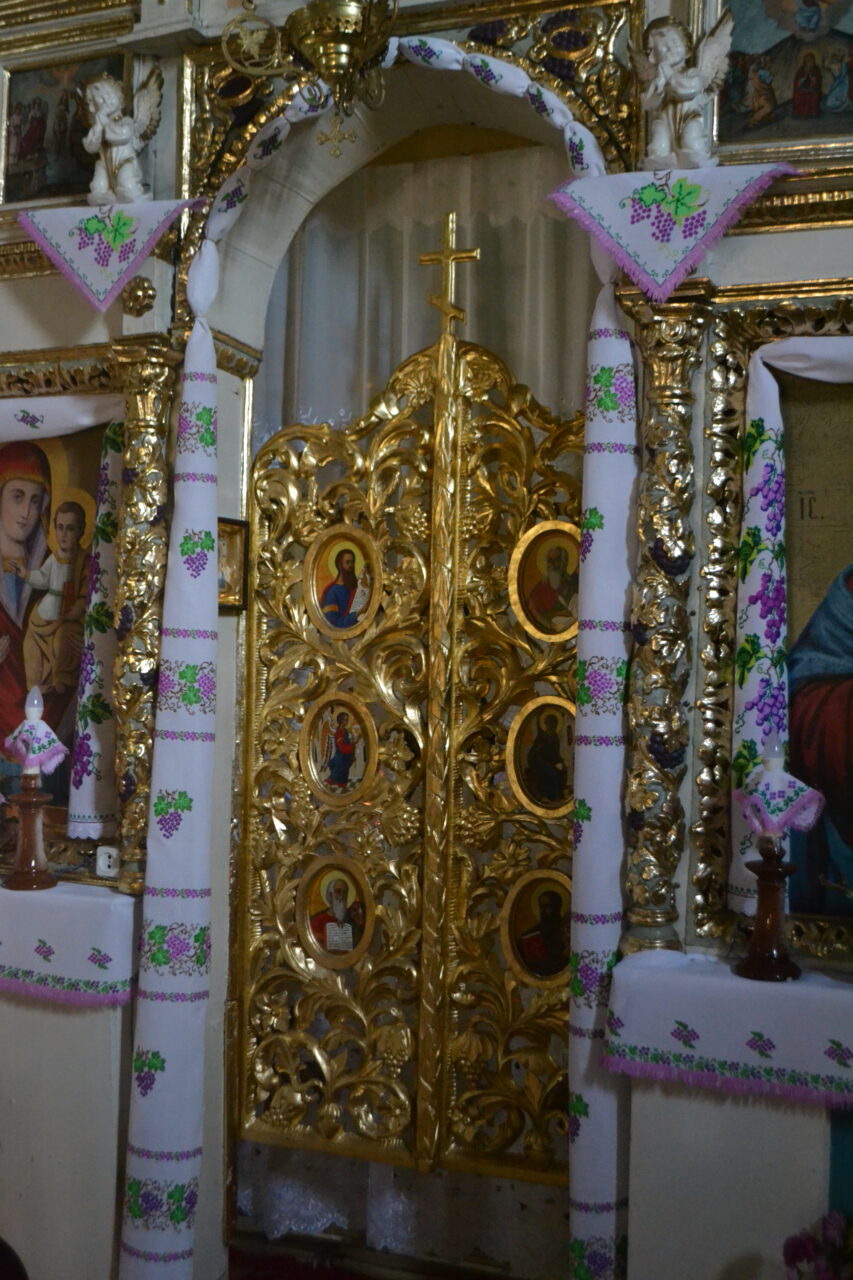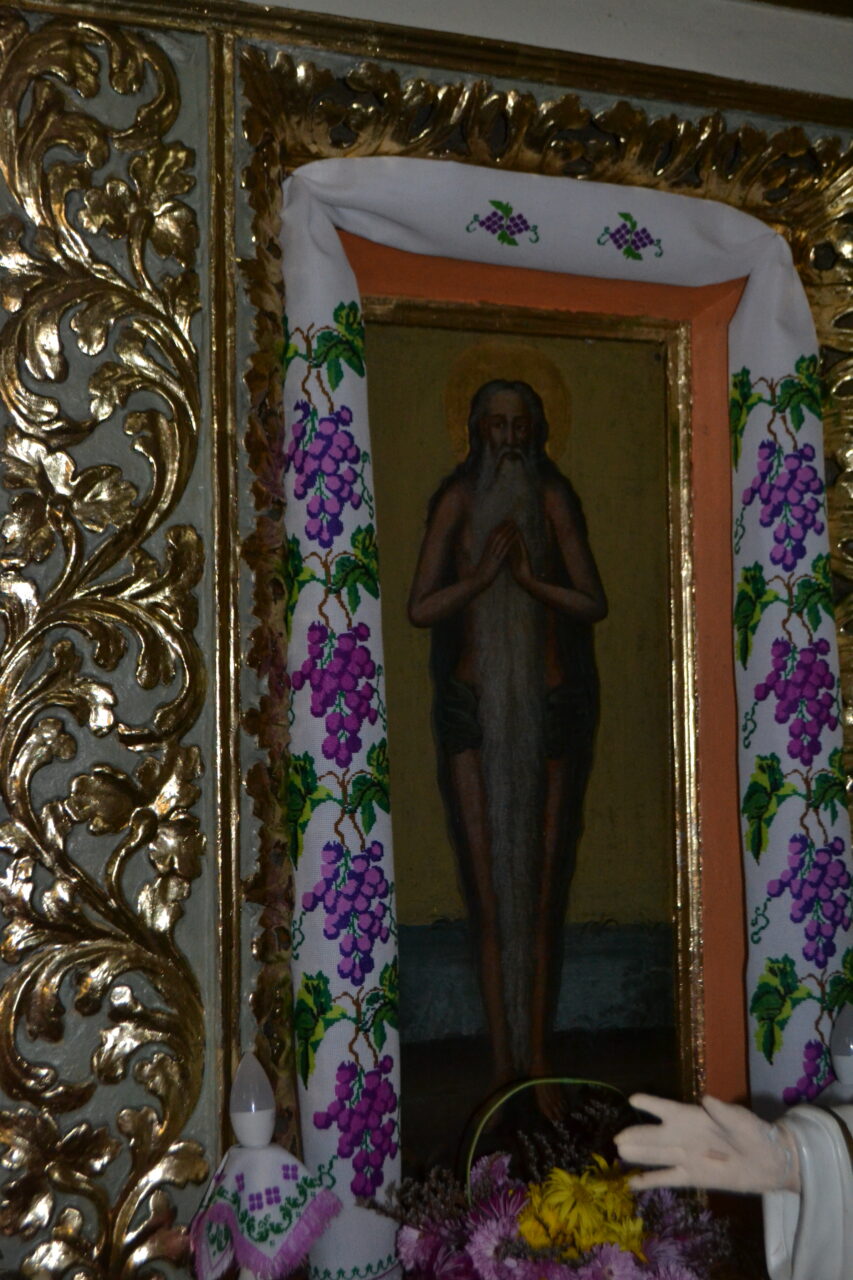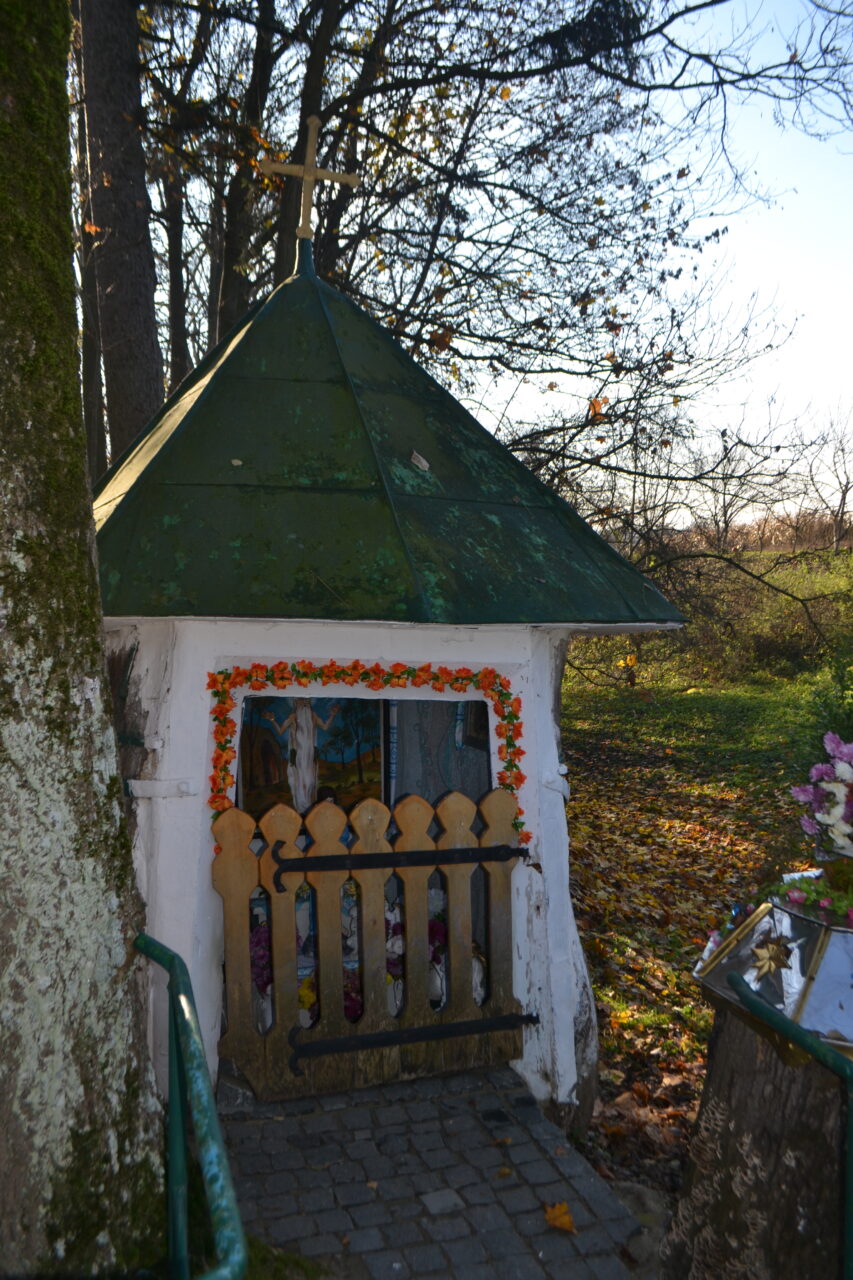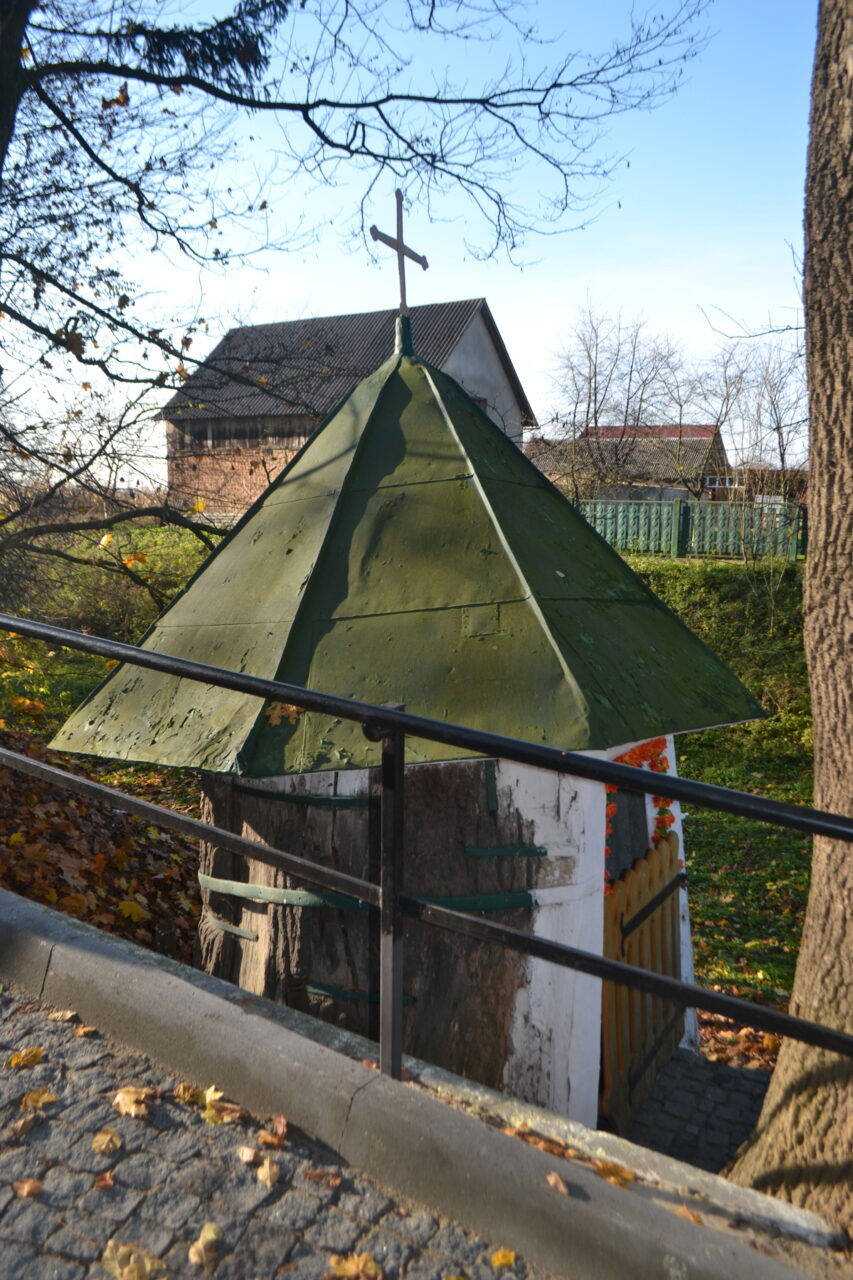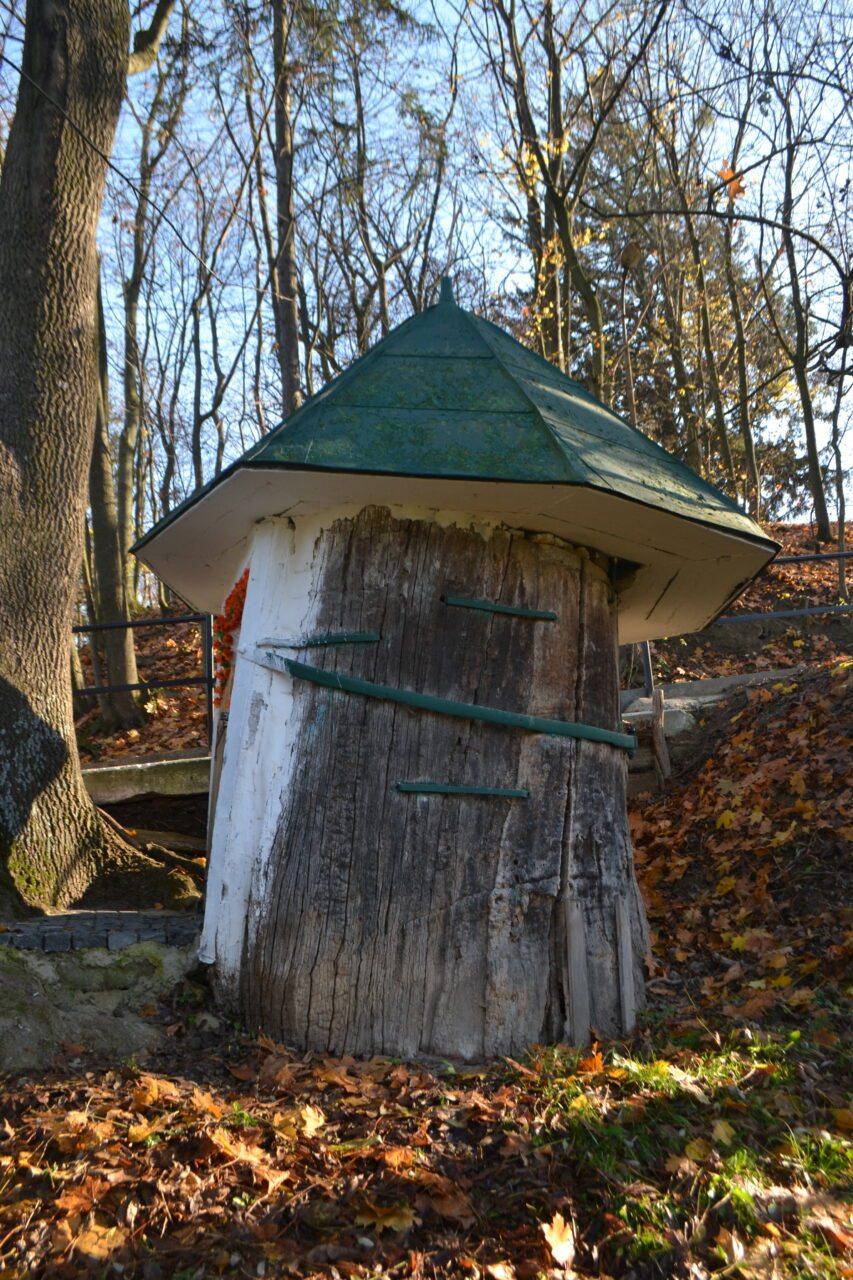Busk is the ancient capital of East Slavic Buzhany tribe, which in the ancient times was called Bozhesk, Bousk. In 1096 there already were reliable fortifications that made it a real fortress. And, perhaps, it would have remained an ordinary Volyn town, but for … water, which made it special of its kind. It the 15th century it was granted with Magdeburg rights, which testified to the commercial importance of the river port on the way “from the Varangians to the Greeks”. And the bird – a stork (busiok in Ukr.), is today present on the coat of arms of this wonderful city. The Western Bug and Poltva rivers combine their waters near the settlement. Together with their tributaries literally divided the city into parts and suburbs, which were connected by dams, bridges and canals. The unique hydro landscape of the territory around Busk once allowed calling this city ‘Galician Venice’. A large number of bridges were constructed on the fortified banks of the canals, namely in the middle of the 19th century there were as many as 68 of them.
Almost in the middle of the water space on a high hill in the Voliany suburbs the St. Onuphrius church was built. The unique relief of the area hid the church on the ancient settlement very well. It seems to have been besieged by old ramparts and trees. The shrine is located in the central part of the dytynets ( central fortified part of an ancient city) of the former prince Davyd Ihorevych’s castle, who reigned in Volyn at the end of the 11th century. The ramparts of the fortress quickly break off to the rivers. Over the time, the settlement of the Red Rus times turned into a cemetery, the remains of which are preserved near the temple. Local legends tell of some mysterious caves, which are still under the church, and the appearance of the earthen mountain on which the church was built is explained by Bohdan Khmelnytskyi’s troops’ presence here: the Cossacks were greeting their chief, throwing their hats on the ground, and thus the hill was made.
The exact time of the church construction is unknown. Old guidebooks stated that until 1905 there was an inscription on one of the doorposts about the shrine construction by master Hryhorii in 1645. But later the inscription disappeared, so we can assume that the church was built between 1642 and 1645. Some researchers believe that the Cossacks destroyed the church in 1654, and this one rebuilt at the end of the 17th century, as the year 1680 is indicated on the temple protective table.
The canons of archaic rotunda folk architecture type are clearly traced in the construction of the temple, which is wooden, has one top and consists of two logs. The dominant central volume in the plan is square and completed with a drum with eight faces. The helmet-shaped dome, covering the drum, completes the multifaceted structure with large window openings, which is decorated with a top. The altar part of the church is located in a rectangular frame of the eastern part. Opposite to the central volume there is a narthex with an open porch, which is separated by an arch with a cutout. The altar and the transverse part of the space are equipped with a covering on pillars, which rests on a log structure with figured protrusions of crowns. The wooden wall to the height of the long gallery is made of beams laid in several horizontal rows, and the upper part of the log house and the attic on the columns are covered with wedge-shaped boards ‘honti’ with a longitudinal connection. Above the ceiling with a cutout in the central volume there is a choir loft.
The main feature of the church is the iconostasis, which dates back to the first half of the 18th century. The symbolic boundary between heaven and earth in this temple is made of wood, it has five tiers and is decorated with Baroque carvings. Unfortunately, the iconostasis has not been preserved completely, but only partially, even in fragments. In 1838 there was a terrible fire that nearly destroyed the upper tiers. Fortunately, the Sovereign and icons of the Holy Savior and St. Nicholas survived. Given the value of this monument, the central double doors of the iconostasis leading to the altar table, the so-called ‘The Beautiful Gates’ were transported from this shrine to Lviv, and today they can be seen in one of the halls at the National Museum. A quite unexpected landmark indicates the path to the church – a chapel carved into at least one-thousand-years-old oak trunk. Six meters in circumference of this giant gave the opportunity to create volume in the chapel. The dry trunk is fastened with metal brackets for the sake of fixing, and the roof, which it is covered with, protects the icons inside the shrine. The idea to make such an unusual ‘pointer’ tot the church arose in 1864 and to this day St Onuphrius image in the chapel meets pilgrims and tourists rushing to the church. The bell tower near the temple was set in 1758 and is located in the place, where according to ‘Primary Chronicle’ there was the entrance to the ancient castle. The thirteen-meter two-tiered wooden bell tower is covered with a tent top; it has a pillar structure and perfectly emphasizes the temple complex originality.
The wooden church has undergone several renovations. The last reconstruction here was carried out 45 years ago. And in spite of the fact that since 1945 the church was closed, nowadays the complex of church buildings still impresses us with its original appearance. No visitor will stay indifferent by the grandeur of the building, which dominates the former ancient settlement.
Since the end of the last century the shrine has been a functioning church of the Orthodox Church of Ukraine community, which was included into the register of architectural monuments of national importance.

